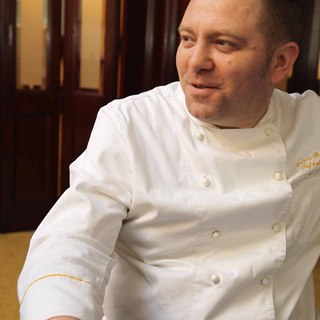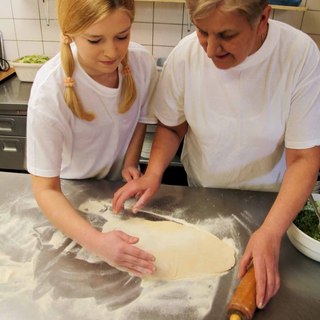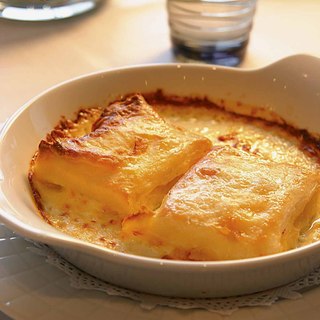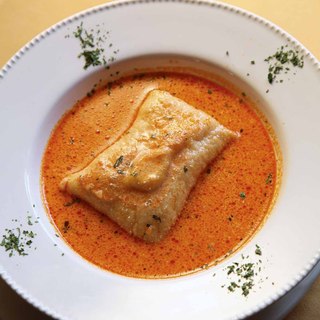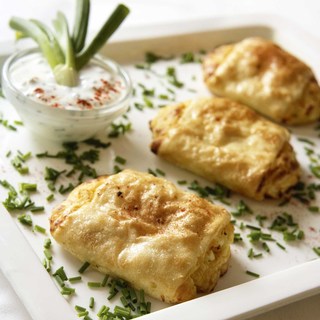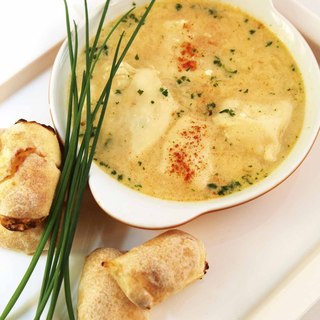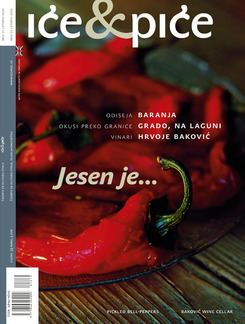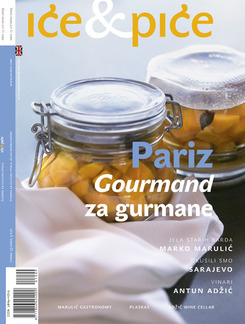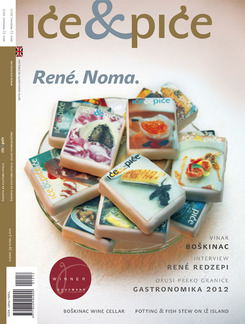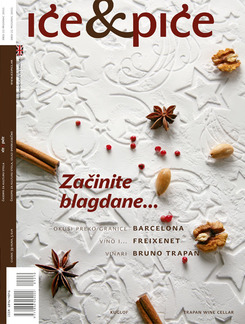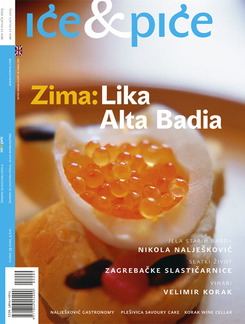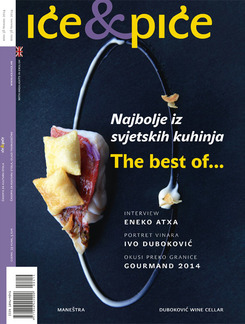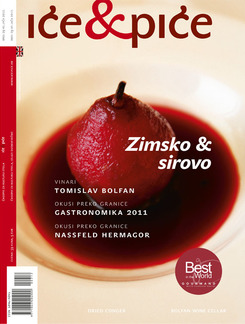It was when once strukli had gouged out a place for itself (although plural in the original, like ravioli, the word can be more conveniently translated as singular) as gastronomic icon of northwest Croatia that the story about it actually began. What the vernacular tradition had dreamed up and the old cookbooks recorded now became a basis on which the local cuisine could build a more creative future. The interest in and potential of the old fashioned dish, one of the domesticated versions of the strudel, certainly lies in the fact that it can be seen as any one of the courses of a meal. In the boiled version strukli combines the concept of warm starter and hearty soup, during its popular history it has also made a place for itself as a main course, as well as the sweet ending to a more sumptuous dinner. In fact, it’s hard to imagine an occasion in which the most popular version of the strukli, that with fromage frais, or quark, would be inappropriate. Now, when the recipe has almost entirely got out of the hands of private cooking, it is possible to eat strukli at ever meal, eating or standing. Together with the popularity, the question has naturally arisen as to how to present it appropriately to its history and in what way to present it as an expression of the indigenous cooking style. For strukli, as made in Zagreb and Hrvatsko Zagorje, really is a distinctive feature of Croatian cuisine. Of that simple, anonymous, warm everyday cuisine of one’s great-grandmother, always the condensed experience of history, space, terroir and culture distilled into marvellous recipes. And so it can stay the foundation or the inception, better to say, of the new story of Croatian cooking.
When twenty years ago the kitchens of the Esplanade Hotel started to make and pack ready-cooked strukli, it seemed like a good idea. Simple too, the way brilliant ideas usually are. Take an old-fashioned recipe, don’t change the ingredients, but do a quality upgrade. The list of ingredients is after all very ordinary, just flour, water, salt, cheese, cream and eggs, and it is not particularly refined or ingenious. Just brilliant. A dish that can be a soup or a warm starter, a main and indeed only dish and a dessert. To boot, it’s handy if you’re eating on the move, at a party or standing up. It can be bought all over the place, probably has never been less made or more eaten at home. Twenty years later, strukli has made the journey from local to generally recognise national dish. After all, isn’t it on the list of the intangible cultural heritage and wasn’t a strukli-fest held in Zadar quite recently?
Strukli has obviously slipped out of Zagorje and Zagreb to the south, refrigerators in corner shops and bakers, and today it is probably more interesting to try to hypothesise where it’s all going to. Can strukli conquer the world? Well, it seems it’s well on the way.


